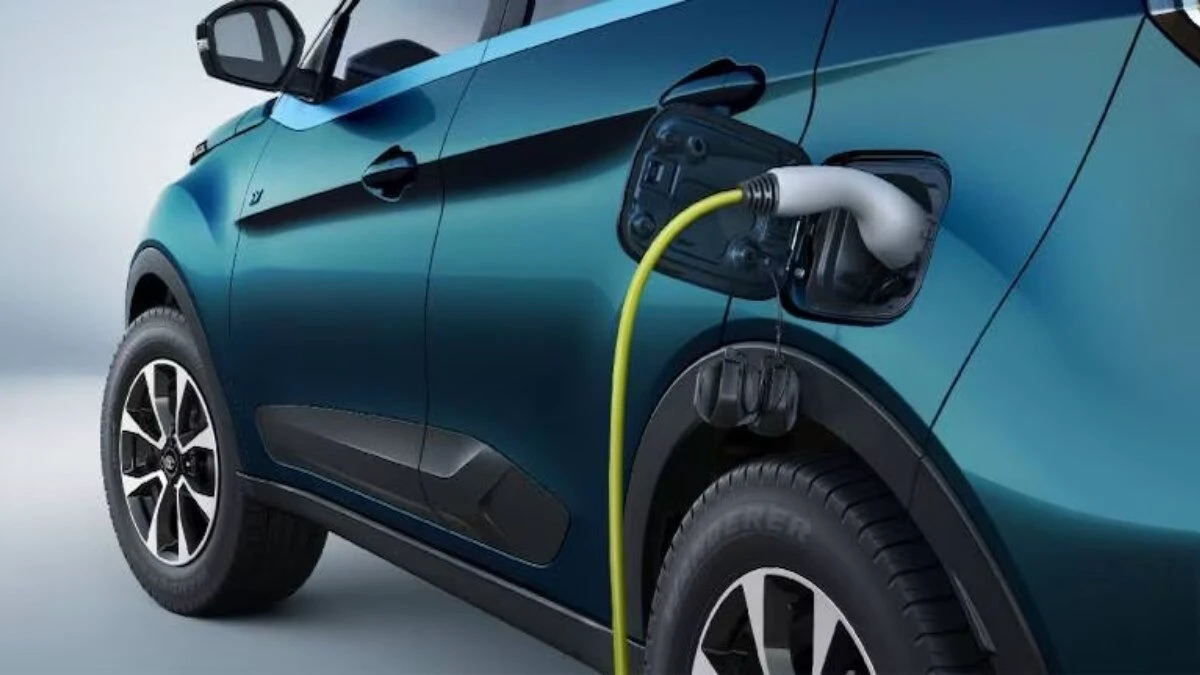What if the fuel you pump every morning is quietly corroding your engine, cutting your mileage, and voiding your warranty-and no one warned you?
Financial advisor Lovish Anand’s LinkedIn post pulls back the curtain on India’s rapid shift to ethanol-blended petrol, revealing the hidden costs vehicle owners may already be paying.
India’s achievement in reaching 20% ethanol blending (E20) in petrol five years ahead of schedule is globally impressive. It promises ₹1.2 lakh crore in foreign exchange savings and a reduction of 626 lakh metric tonnes of CO₂ emissions. But Anand warns: for vehicle owners, the ground reality is far from green.
Who gets impacted the most?
Most vehicles sold before April 2023 were never built for high ethanol content. “They were designed for E0 or E10,” Anand writes. Ethanol is hygroscopic-it absorbs moisture-and is known to cause fuel line corrosion, rubber seal degradation, and metal wear when used in incompatible systems. “It’s not just about burning fuel; it’s about what that fuel is doing to your engine over time,” he explains.
How much will it cost for E20 conversion?
Converting a vehicle to E20 compatibility involves far more than just switching fuel. Anand outlines changes to tanks, hoses, injectors, ECUs, and more. For two-wheelers, it can cost ₹5,000-₹25,000. For four-wheelers: ₹20,000-₹1.2 lakh. “That’s real money for the average Indian family,” Anand notes.
Because ethanol has about 30% less energy per litre than petrol, drivers are seeing fuel economy plunge. Anand cites Hero MotoCorp’s own admission that mileage dropped by 6% after E20 rollout. A 2021 Maruti XL6 owner reported “consistently low fuel economy, reduced torque, and beetle-damaged fuel hoses.”
E27 is coming, so what is the problem?
Even more concerning: the government is now planning to introduce E27 fuel. Anand warns that today’s E20-compatible vehicles might not survive the next upgrade. “We’re layering risk on top of risk, without adequate infrastructure or consumer prep,” he writes.
While Brazil built its ethanol program over 40 years-with consumer choice, dedicated infrastructure, and 90% flex-fuel vehicles-India’s rollout has been fast and opaque. The U.S. and Europe mandate clear labeling and limit higher ethanol blends to newer vehicles. Anand argues India must learn from them.
Vehicle owners, Anand says, must check compatibility, track fuel efficiency, and budget for repairs. He urges the government to slow down, ensure consumer choice, and protect older vehicle owners. Manufacturers, he adds, must honor warranties and offer upgrade paths.
“The green shift is necessary,” Anand says, “but not at the cost of transparency, trust, and millions of silently failing engines.”
